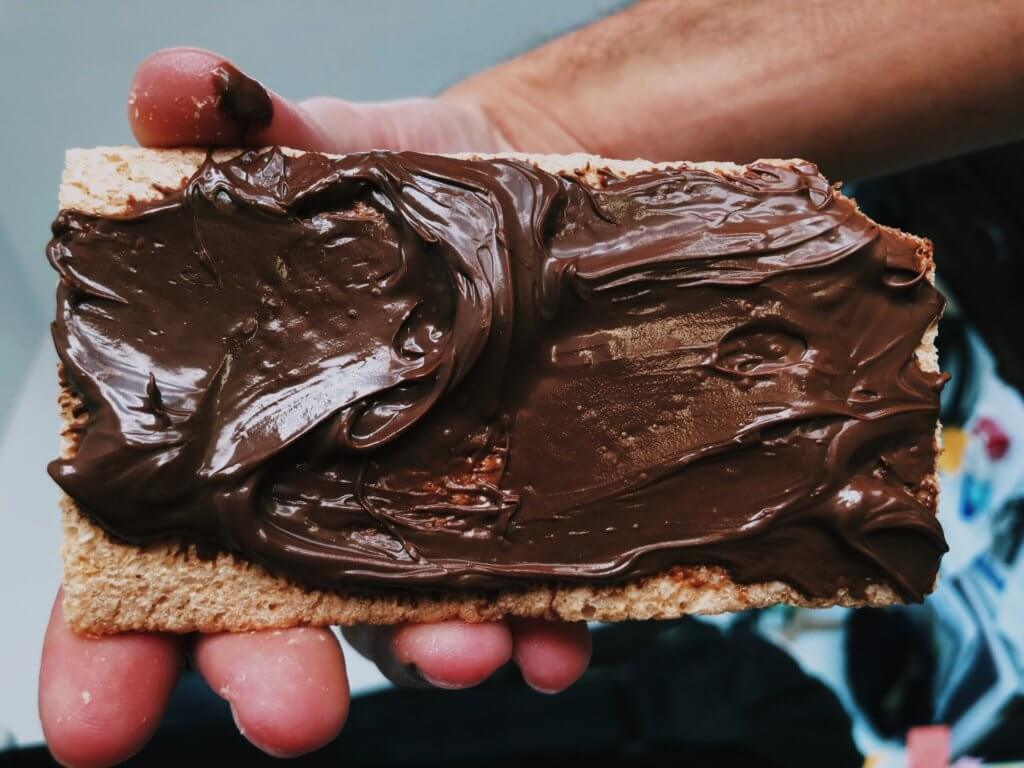
Photo by David Holifield from Unsplash
LOUVAIN-LA-NEUVE, Belgium — Chocolate's irresistible aroma comes from a blend of molecules that give it that unmistakable smell and taste many of us crave. However, researchers in Belgium say some of those same compounds could potentially carry health risks if present in high amounts. Simply put, what makes chocolate taste so good could also mix together with other sweet treats to damage your DNA.
The findings, in a nutshell
In a recent study published in the Journal of Agricultural and Food Chemistry, researchers found that while chocolate itself contained safe levels of certain molecules called α,β-unsaturated carbonyls, some baked goods like crepes and cakes had much higher concentrations of one particularly concerning carbonyl - furan-2(5H)-one.
These carbonyls form during the roasting of cocoa beans and react with other ingredients at high heat. While many are considered safe, furan-2(5H)-one is potentially genotoxic, meaning it could damage our DNA when consumed. In fact, it has already been banned as a food additive in the European Union due to safety concerns.

How did food scientists make the discovery?
To better understand where these carbonyls come from and if they pose any real health risks, the researchers conducted experiments and sampling of various chocolates and other sweets.
First, they made their own chocolates in the lab, analyzing them at each step of the process. They found the carbonyls formed during bean roasting and after adding cocoa butter, but remained at safe levels in the final chocolate products.
Next, they purchased 22 different commercial baked goods like crepes, waffles, cakes, and cookies - some with chocolate, some without. Screening for 10 different carbonyls, they detected lower levels of nine of them compared to their lab-made chocolates.
However, furan-2(5H)-one was present in very high amounts in the crepe and cake samples - up to 4.3 mg per kg of food! With a recommended limit of just 0.15 micrograms per person per day for genotoxic substances, eating these baked goods could potentially exceed that safety threshold.
Interestingly, the levels didn't seem to correlate with the amount of chocolate, suggesting this carbonyl likely formed during the baking process itself. More research is still needed, but the study gives valuable insight into the origins of these molecules in different foods.










